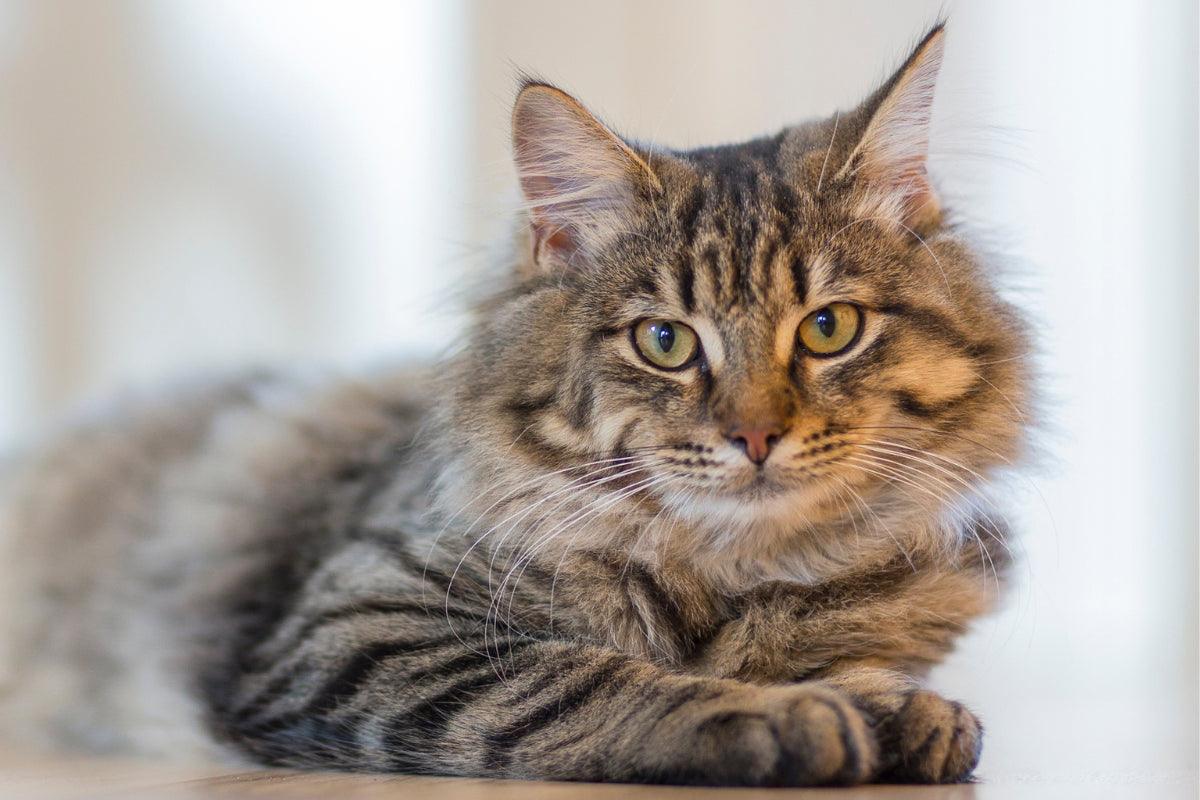National Tabby Day is on April 30th. Tabby cats are excellent pets with so much love to offer. Animal shelters are full of adult and kitten tabbies waiting to find their forever homes. If you want to provide love and care for a new pet, a tabby cat would make a unique and loyal companion for life!
To celebrate this particular day, here are some fascinating information about tabby cats:
1. Tabbies Got Their Name from a Place in Baghdad

Tabby cats, one of the most popular cat breeds, have a fascinating history. The name "tabby" is believed to have originated from the "Attabiy" district in Baghdad, which was famous for its silk. The 14th-century Middle French term for this silk was "tabis," which later evolved into "tabis." Eventually, the term "tabby" was used to describe the distinctive striped or spotted fur pattern common among domestic cats.
Today, tabby cats are beloved pets worldwide. They are famous for having friendly personalities, affectionate nature, and a playful demeanor. Whether you're a cat lover or not, it's hard not to appreciate these incredible creatures' unique beauty and charm.
2. The Tabby Is Not a Cat Breed
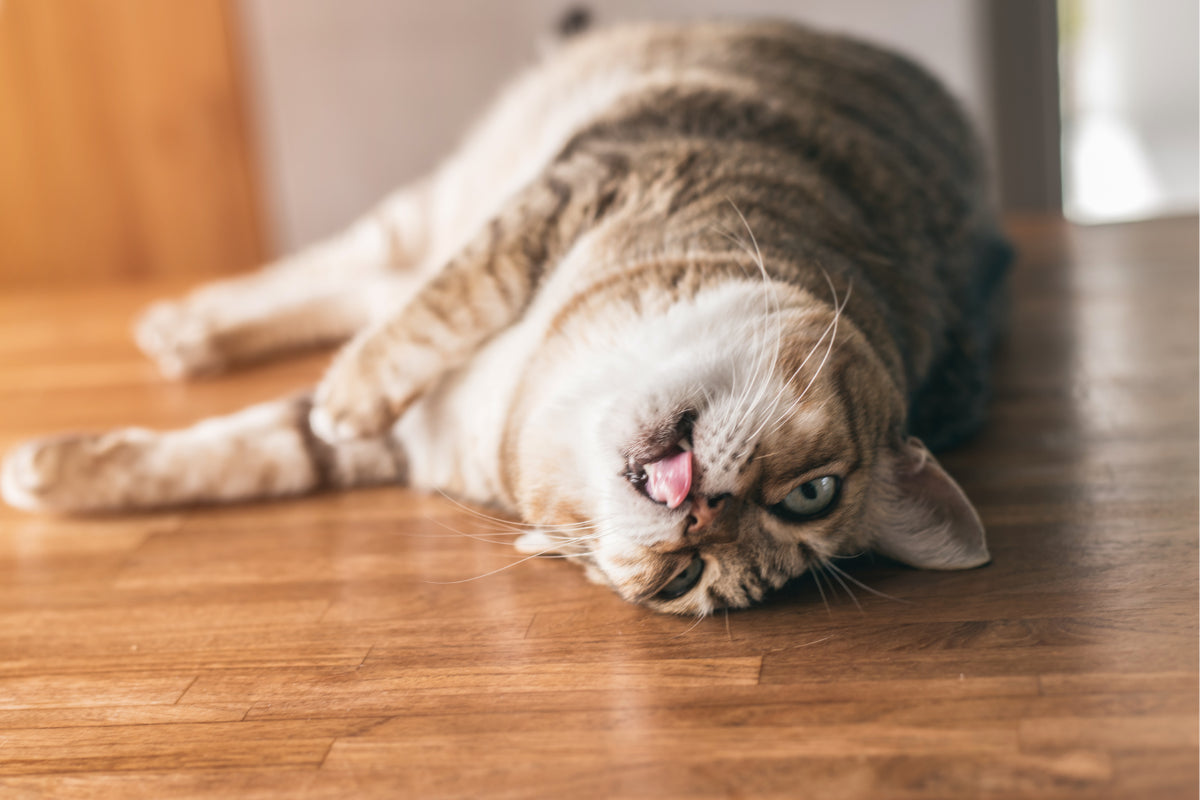
While many people refer to cats with distinctive striped or spotted fur as "tabbies," it's important to remember that "tabby" is not a cat breed. Instead, "tabby" describes a particular coat pattern that can appear in cats of various breeds and even mixed-breed cats. Tabby cats are characterized by their distinctive markings, including stripes, spots, or swirling patterns, and can come in multiple colors. Despite their diverse appearances, all tabby cats share the same gene responsible for these traits, giving them unique coat patterns. Despite not being a recognized breed, tabby cats are beloved by many for their distinctive and eye-catching coats and their friendly and affectionate personalities.
Learn more about the tabby cat patterns here.
3. All Tabbies Possess the Iconic "M" on Their Foreheads
One of the most distinctive features of the tabby pattern is the distinctive M-shaped marking that appears on the cat's forehead. This marking is an integral characteristic of the tabby pattern and is caused by how the hair grows on the cat's face. The "M" marking is formed by a dark, bold line of fur that runs down the center of the cat's forehead and a pair of shorter lines that curve outwards from either side. This pattern has inspired countless legends and myths throughout history, but the truth behind it is much more straightforward: it is simply a result of the tabby genes.
4. Tabby Cats Come in a Wide Variety of Coat Colors

5. Tabby Cats Have Five Unique Patterns
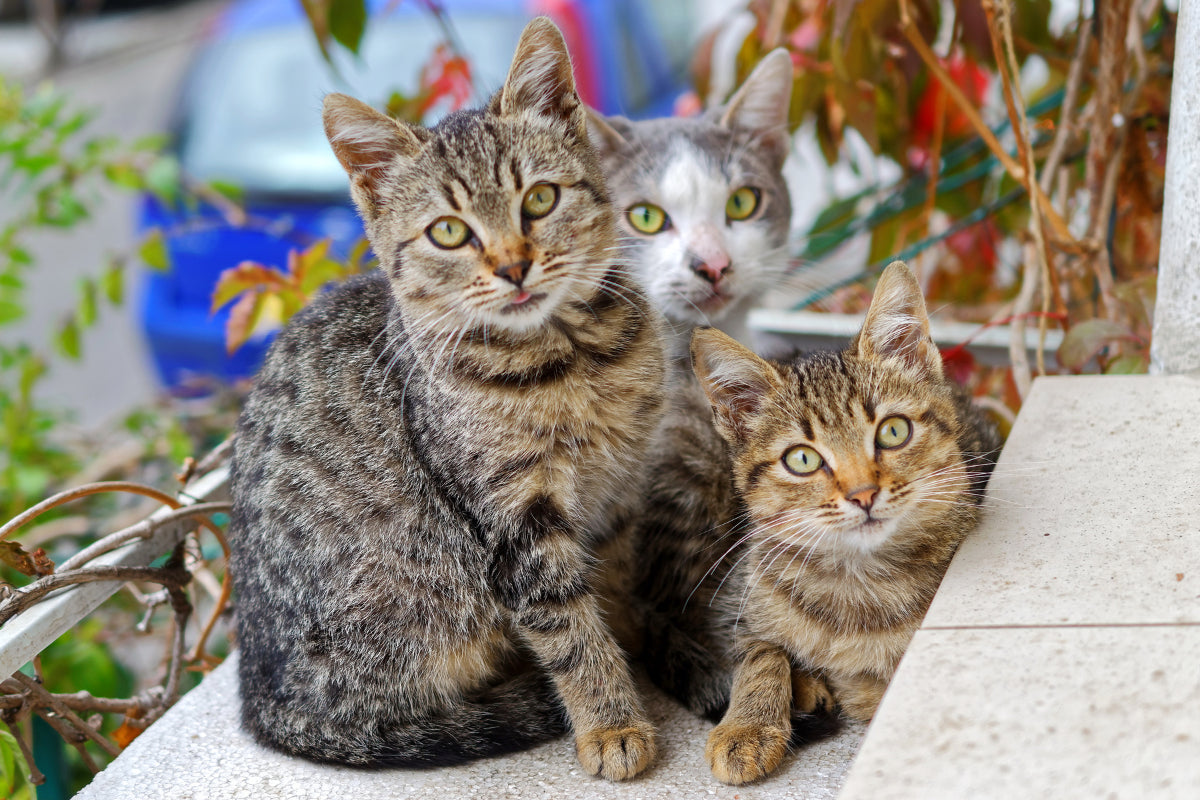
- One of the most popular tabby patterns is the classic pattern, which features bold, swirling patterns on the cat's coat. These patterns often form circular shapes on the sides of the cat's body and are typically accompanied by a distinctive "M" shape on the forehead.
- Another pattern is the mackerel pattern, with narrow, vertical, solid or broken stripes on the cat's sides. These stripes can be relatively thin and often resemble fish bones, which is where the pattern got its name. Mackerel tabbies typically have a lighter-colored stomach and darker stripes on their back, tail, and legs.
- Spotted tabbies are another popular type of tabby cat. These cats have large or small circular or elliptical spots on their coats. The spots may be evenly spaced across the cat's body or clustered in certain areas, such as the shoulders or back.
- Ticked tabbies are a less common type of tabby cat that doesn't have stripes or spots. Instead, they have tabby markings on their face and agouti hairs on their body. Agouti hairs have more than one band of color, giving the cat a unique, speckled appearance.
- Finally, patched tabbies can show any previous patterns described, with the tabby markings usually more apparent on the legs and head. These cats have a patchwork appearance on their entire body, with different areas of the coat showing different tabby patterns.
6. Tabby Cat Patterns Are Suited for the Wild
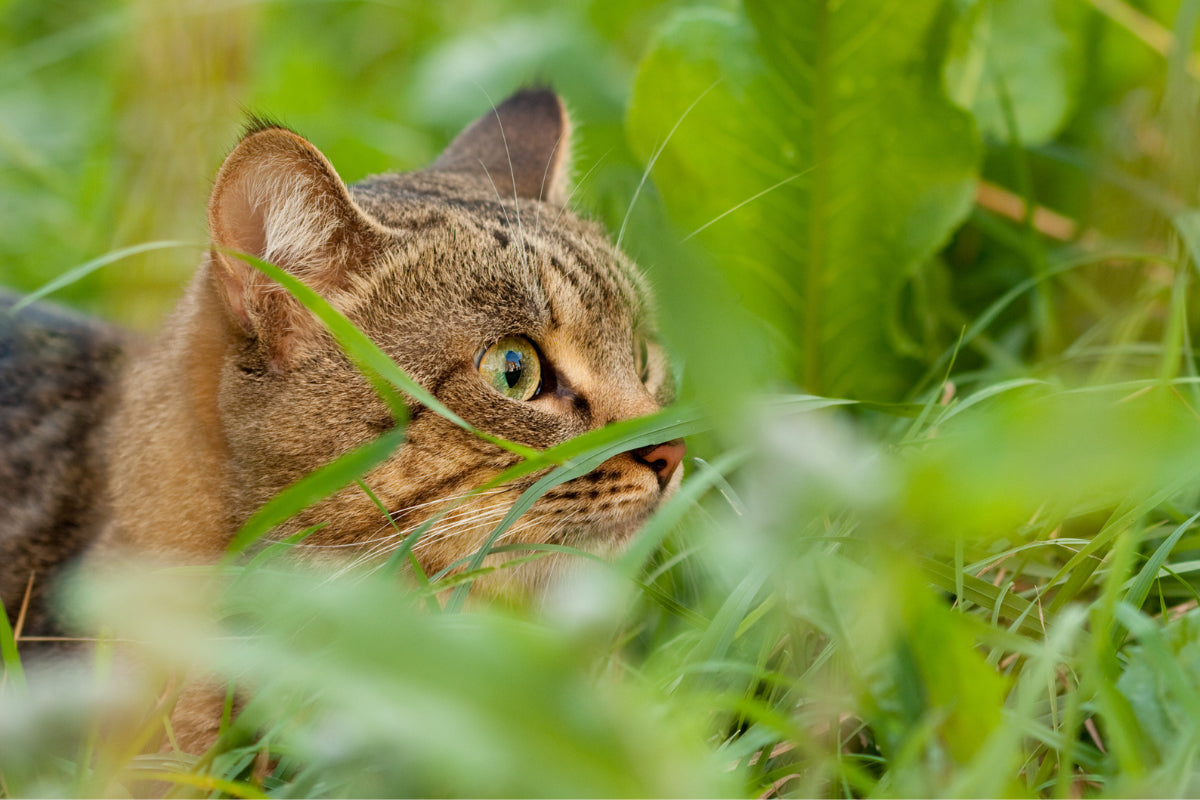
Tabby patterns are a type of fur pattern that can be found in domestic cats, as well as in some wild cats, such as tigers and leopards. The purpose of these patterns is to help cats blend into their surroundings, making them less visible to potential predators or prey. This is particularly useful when cats hide in tall grass or brush while hunting for prey. The stripes and spots break up the cat's outline, making it harder for other animals to spot them. This natural camouflage has helped tabby cats survive in the wild for thousands of years.
7. Tabbies Are Affectionate and Intelligent
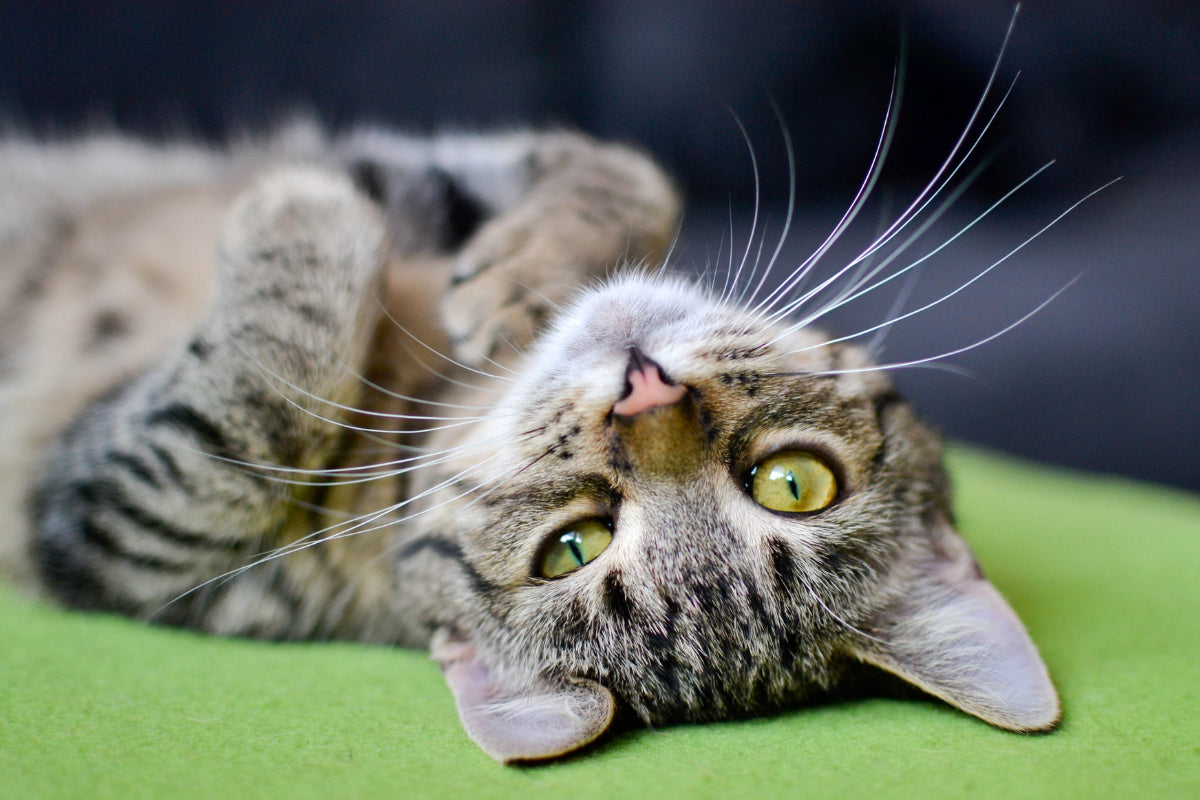
Tabby cats are brilliant, with a curious and playful personality that makes them great companions. Tabbies are known for their affectionate nature and love to cuddle with their owners. They crave attention and often follow their humans around the house to get noticed. Given their intelligence and persistence, they usually get what they want. So, if you're looking for a furry friend to keep you entertained and snuggle up on the couch, a tabby cat could be your perfect companion.
8. Tabbies Are Very Social
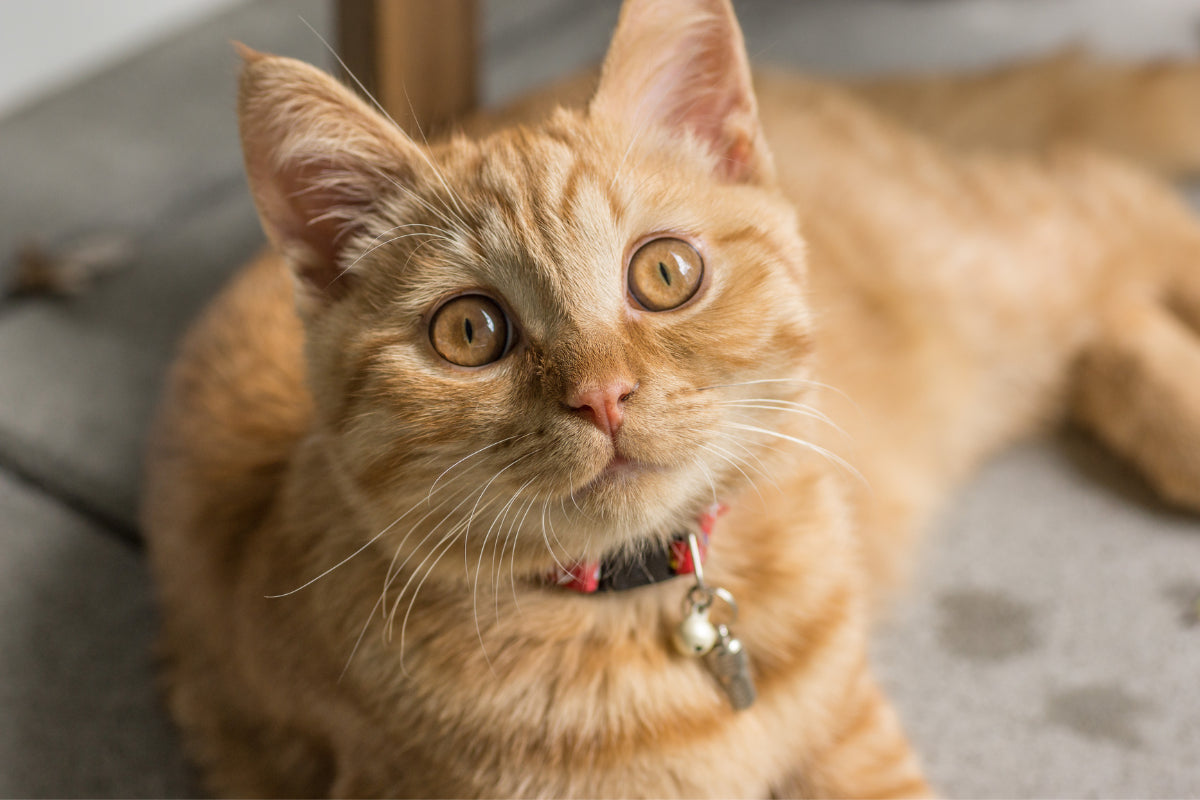
Tabbies are an excellent addition to any family, especially those with children, as they are naturally sociable and friendly pets. They love to be involved in family activities and are known for being loyal companions and great playmates. Their affectionate and gentle nature makes them perfect for households with young children, as they are patient and tolerant with little ones who may be learning how to interact with pets.
In addition to their love of human companionship, tabbies enjoy spending time with other pets in the household. They are social creatures and often form strong bonds with other pets in the home, making them an excellent choice for families with multiple pets.
Tabbies are a delightful pet for families seeking a loyal and loving furry friend. Their outgoing and friendly personalities will bring plenty of joy and companionship to any household lucky to have them.
9. Tabbies Are Excellent Hunters

If you have a mouse infestation in your home or office and want to get rid of those pesky rodents, consider enlisting the help of a tabby cat. Tabbies are known for their exceptional hunting skills and innate ability to catch and kill mice. They instinctively chase and pounce on small animals and take great satisfaction in their hunting successes.
They will not only help keep your home or office free of pests but also provide companionship and entertainment.
10. Tabbies Have "Big" Personalities
Tabby cats are an excellent choice for anyone looking for a feline companion. They are known for being very playful and curious and love exploring their environment. These cats are also intelligent and can learn tricks and behaviors quickly.
Despite their playful nature, tabbies are also known for their affectionate personalities. Tabby cats are a fantastic choice for anyone looking for a loving and playful pet. They are incredibly expressive and social, making them a great addition to any family.
Many pet owners believe that tabbies are great and faithful companions. If you consider adopting a tabby, we provide various products your tabby cat can enjoy!
Taking Care of Your Tabby

Knowing how to care for your furry companion is crucial if you're considering getting a tabby cat. Follow these essential tips to ensure your tabby receives the best care possible.
Diet
The pet food industry is a massive business in the United States, with an estimated $50 billion spent on pet food in just one year. However, determining what to feed your tabby cat can be challenging with so many options available.
All felines are carnivores, which means they require a protein-rich diet. You can include beef, lamb, chicken, turkey, and other protein sources in your cat's diet. Most adult cats must be fed once or twice a day and require fresh water, treats, and high-quality kibble.
Exercise and space
Tabby cats can make great indoor pets if they receive enough exercise. If your cat cannot go outside, ensure they have at least thirty minutes of playtime daily. They can thrive in a small home or apartment, provided their needs are met.
To keep them entertained, provide activities such as scratching and climbing areas. Proper furniture and toys will also prevent them from damaging your furniture. This scratching post with hanging toys, rope, and cubby holes can keep your tabby occupied and active.
Health and Safety
Keeping your tabby cat safe is crucial. Regular veterinary appointments and vaccinations will be required if your cat is a kitten. Once your cat becomes an adult, scheduling a vet check-up once a year is recommended to help keep health issues at bay.
The most effective way to keep your tabby cat safe is to keep it indoors. Although cats are curious and adventurous, you should ensure that no open windows or doors allow your cat to escape.
Equipping your cat with a collar containing your contact details is crucial in case they go missing. Learn about microchipping your cat here.
Living in a house with a balcony can be dangerous for your cat. Cats like to jump, and there is a risk that your cat might fall. If possible, restrict access to the balcony or supervise your cat while on it.
If you want to know more about keeping cats safe in balconies, click here.
Grooming
Cats are generally fastidious and clean themselves regularly. However, they still require some assistance from their owners. To keep your tabby feline clean and healthy, brush it gently once to twice a week to remove dirt or loose fur. Bathing your cat occasionally can also help maintain its shiny coat.
You should also trim your cat's nails every two weeks using specially designed claw-trimming scissors, which you can purchase here. However, to avoid causing bleeding, you should always avoid cutting the pink section at the base of the nail, also known as the "quick."
Learn more about safely and correctly trimming your cat's nails here.
It's also important to regularly check your cat's eyes and ears for any signs of irritation, infection, or discharge. If you notice any issues, gently wipe the affected area with a clean cloth or seek advice from your veterinarian.
Want more informative blogs about cats? Sign up on our newsletter today!



